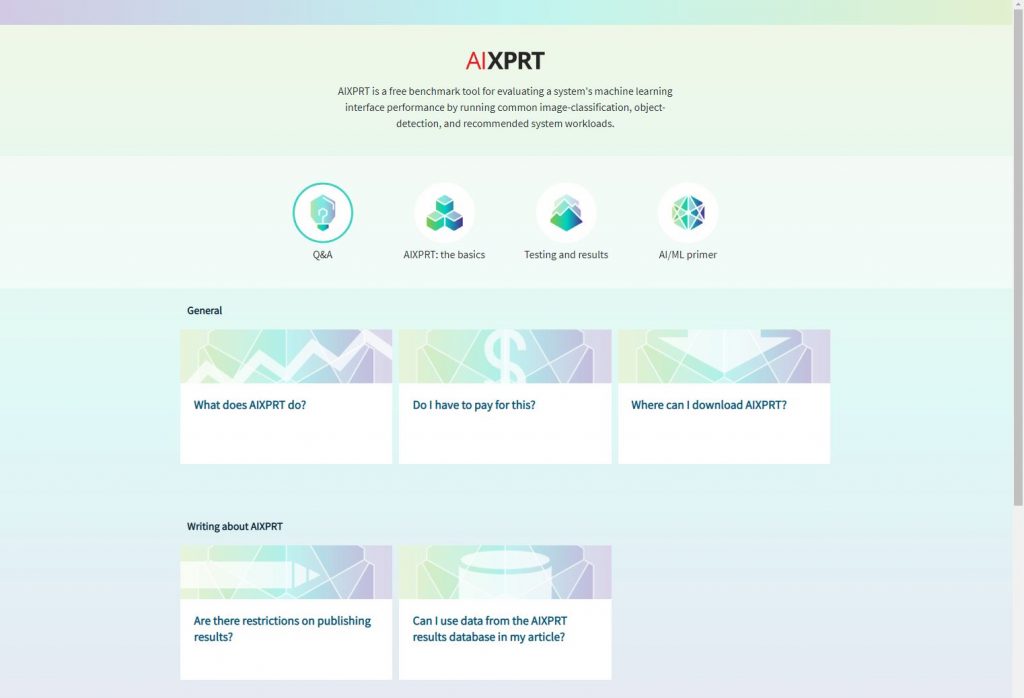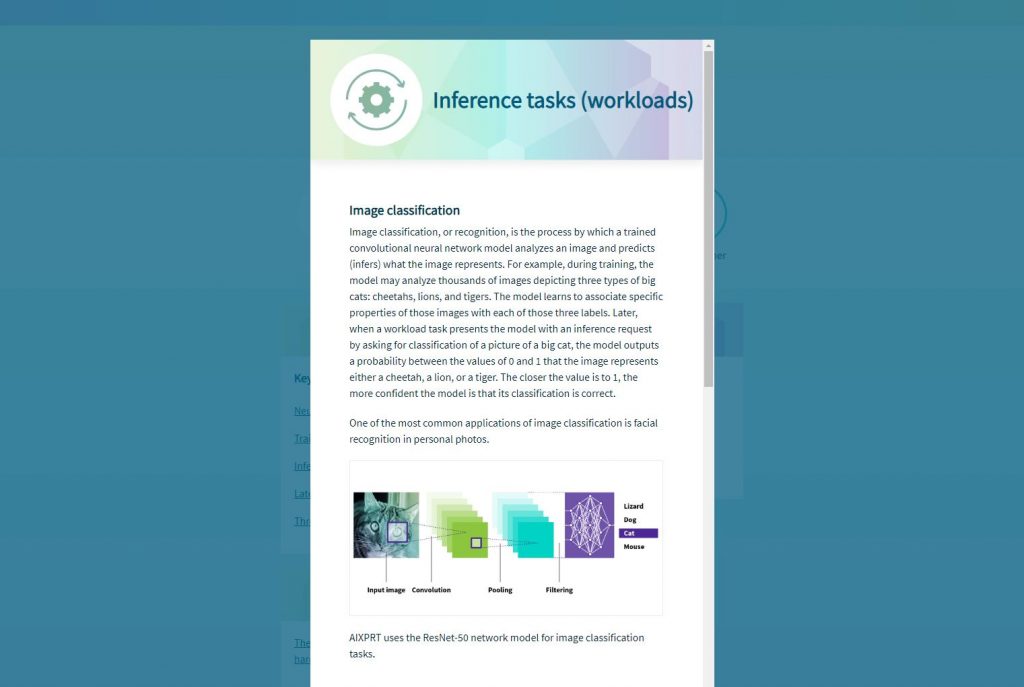Last week, we announced that a CloudXPRT v1.1 beta was on the way. We’re happy to say that the v1.1 beta is now available to the public on a dedicated CloudXPRT v1.1 beta download page. While CloudXPRT v1.01 remains the officially supported version on CloudXPRT.com and in our GitHub repository, interested testers can use the v1.1 beta version in new environments as we finalize the v1.1 build for official release. You are welcome to publish results as we do not expect results to change in the final, official release.
As we mentioned in last week’s post, the CloudXPRT v1.1 beta includes the following changes:
- We’ve added support for Ubuntu 20.04.2 or later for on-premises testing.
- We’ve consolidated and standardized the installation packages for both workloads. Instead of one package for the data analytics workload and four separate packages for the web microservices workload, each workload has a single installation package that supports on-premises testing and testing with all three supported CSPs.
- We’ve incorporated Terraform to help create and configure VMs, which helps to prevent problems when testers do not allocate enough storage per VM prior to testing.
- We’ve replaced the Calico network plugin in Kubespray with Weave, which helps to avoid some of the network issues testers have occasionally encountered in the CPS environment.
Please feel free to share the link to the beta download page. (To avoid confusion, the beta will not appear in the main CloudXPRT download table.) We can’t yet state definitively whether results from the new version will be comparable to those from v1.01. We have not observed any significant differences in performance, but we haven’t tested every possible test configuration across every platform. If you observe different results when testing the same configuration with v1.01 and v1.1 beta, please send us the details so we can investigate.
If you have any questions about CloudXPRT or the CloudXPRT v1.1 beta, please let us know!
Justin














